Affiliate links on Android Authority may earn us a commission. Learn more.
8 features Apple 'borrowed' from Android for iOS 17
June 5, 2023
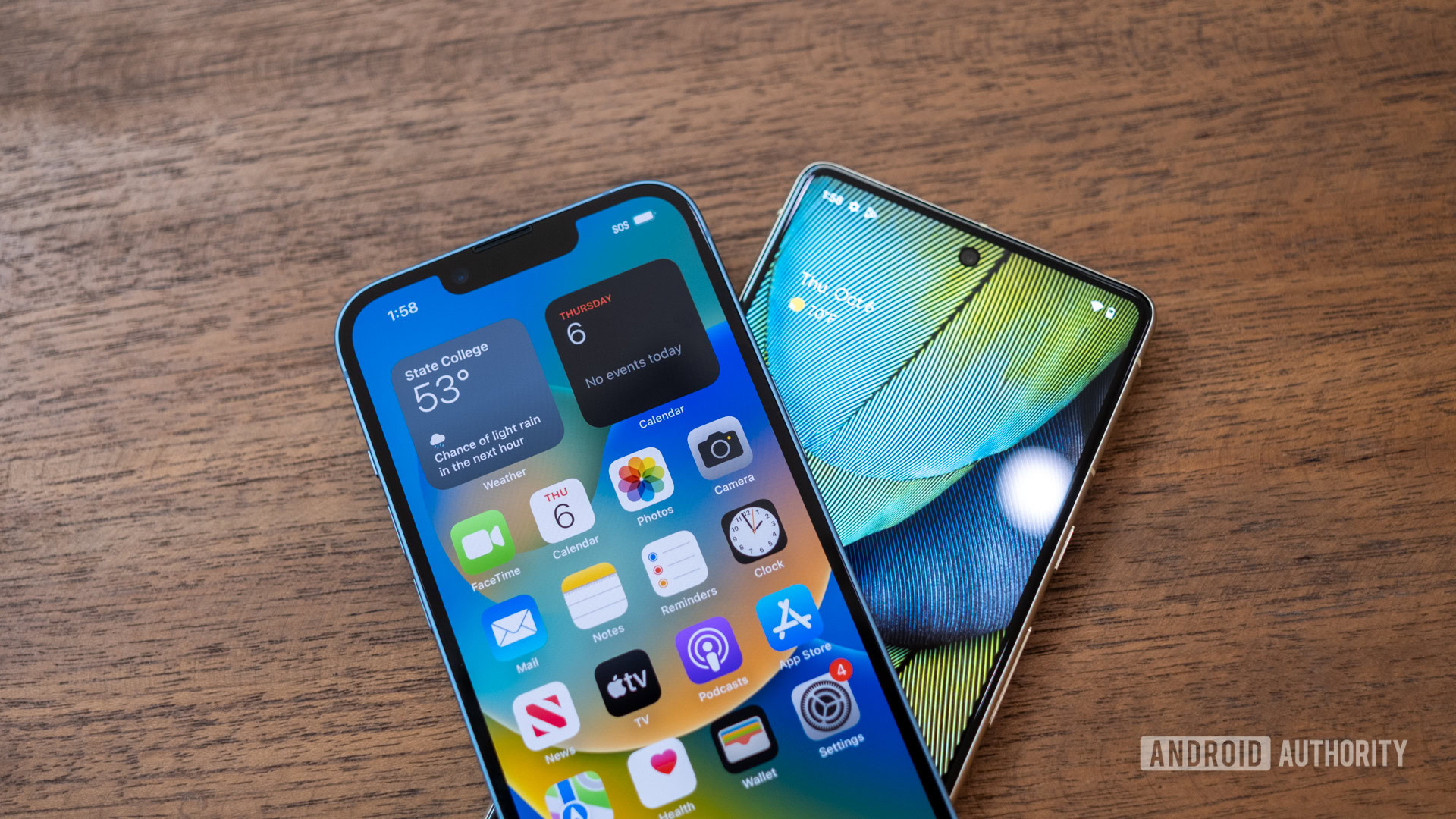
Android and iOS have come a long way from the late 2000s and early 2010s, where the former lacked speed and polish and the latter lacked features. But one constant theme between the two is that they’ve both cribbed features from each other.
That doesn’t seem to have changed with the brand-new iOS 17 and Android 14! These are the most notable features iOS 17 is stealing from Google’s platform.
1. Smart display functionality while charging
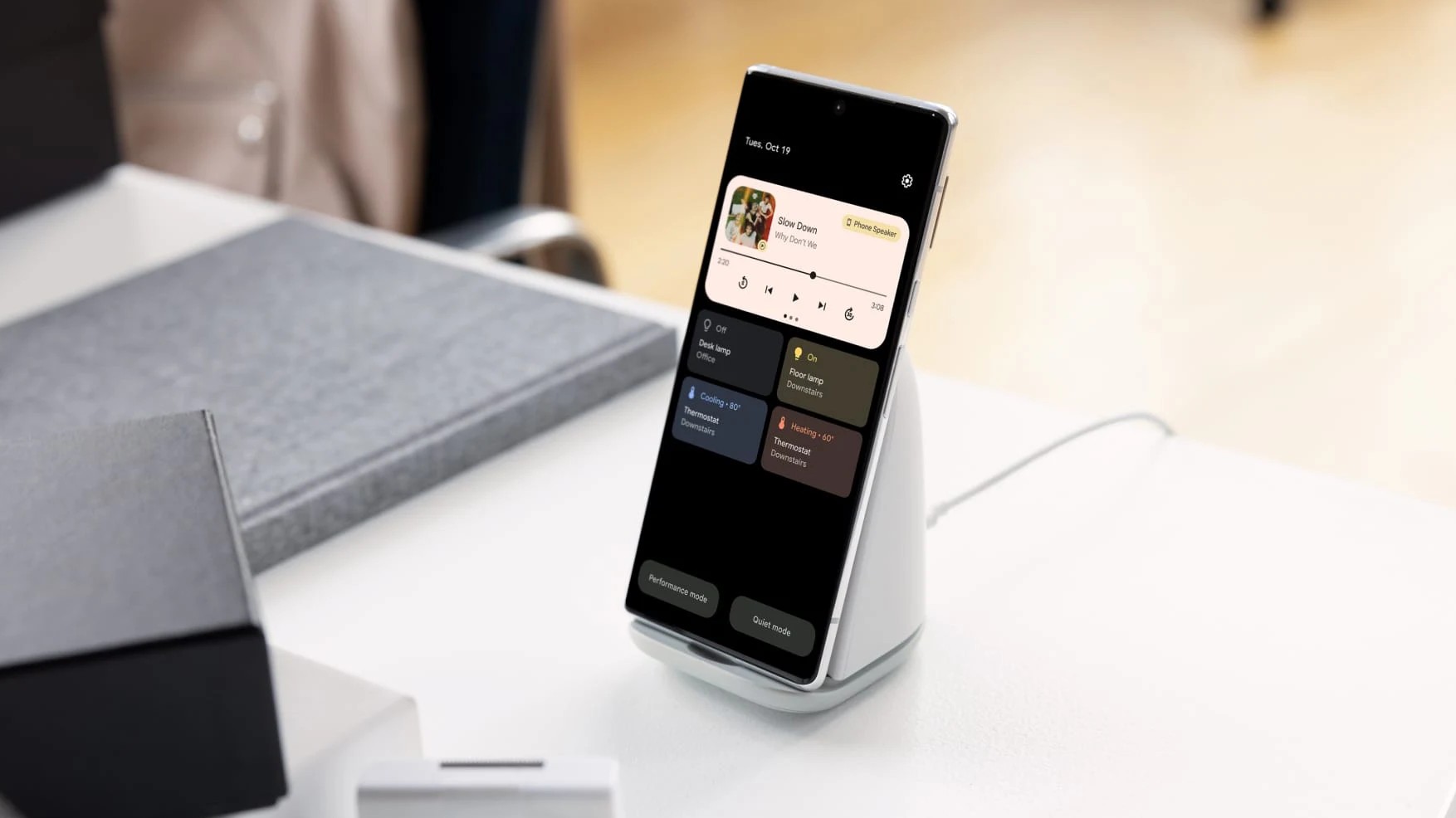
One of the more notable Android features on iOS 17 is Apple’s Standby functionality on iPhones. This allows your iPhone to display a host of info if you place your phone in landscape orientation on a wireless charging pad, akin to a smart display. More specifically, you’ve got calendar details, photo albums, smart home controls, the weather, live activities, Siri support, and notifications.
Pixel phones already offered smart display functionality when placed on the Pixel Stand (2nd gen) charging dock.
Pixel phones offer very similar functionality when placed on the proprietary Pixel Stand (2nd gen) charging pad. Plonk your Pixel down and it will display a Google Photos frame, smart home controls, Google Assistant access, and more while charging on the stand. But Apple might improve on this function by ostensibly enabling it for any MagSafe wireless charging pad. Nice.
2. Live Voicemail? You mean Call Screen?
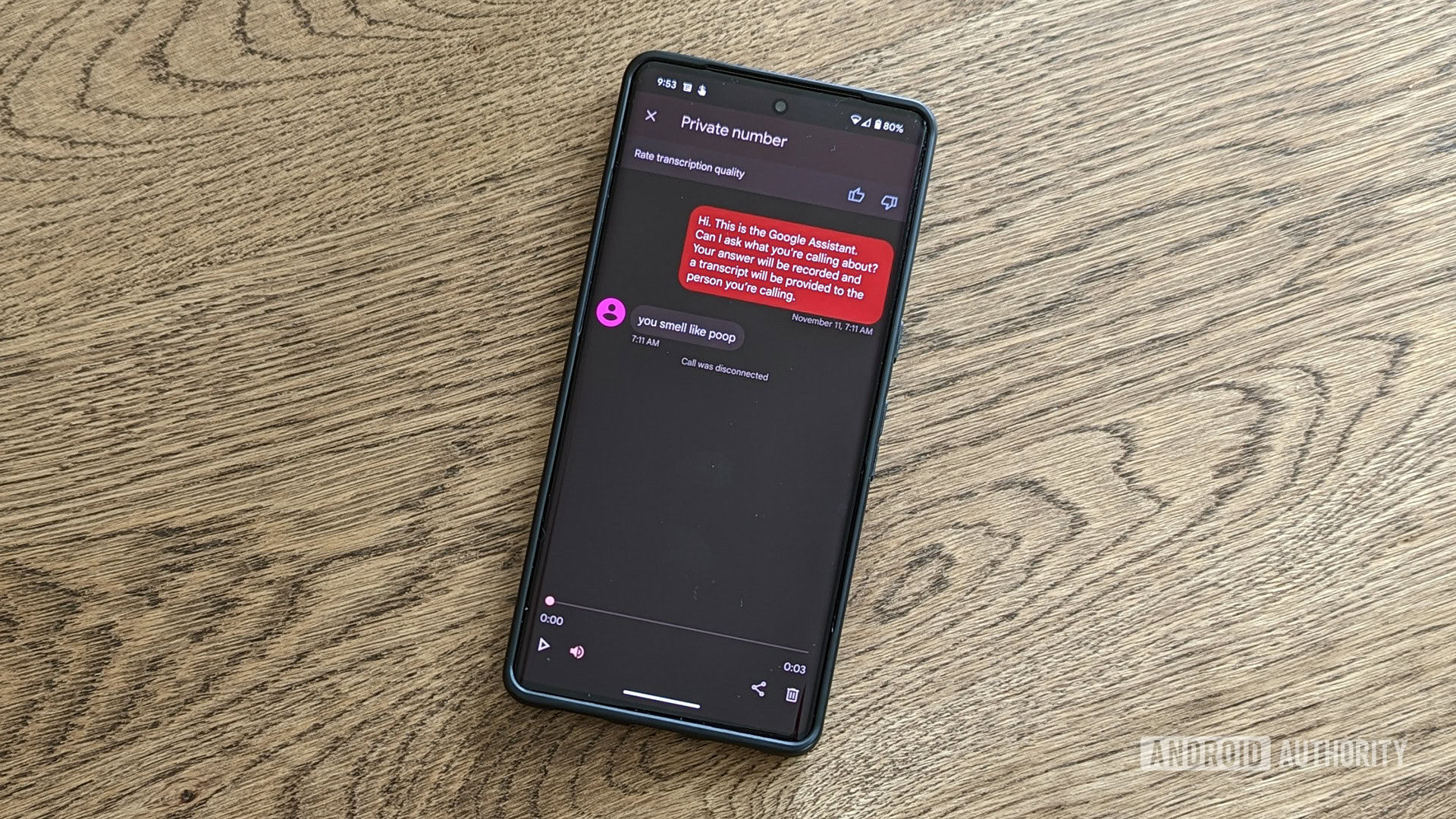
Apple’s iOS 17 also brings a so-called Live Voicemail feature to the table, transcribing a voicemail in real time so you can decide whether or not to answer the call. But we’ve seen this before, from none other than Google itself.
Yes, this is effectively just Google’s Call Screen feature for Pixel phones. The feature was introduced way back in 2019 and allows Google Assistant to answer your call, asking the caller for more information. From here, you’re given a transcription of the caller’s response and can then decide whether you want to accept the call or not. Google clearly did it first, but we hope Apple’s adoption spurs the Pixel maker to bring the feature to more countries.
3. Dropping wake words for some commands
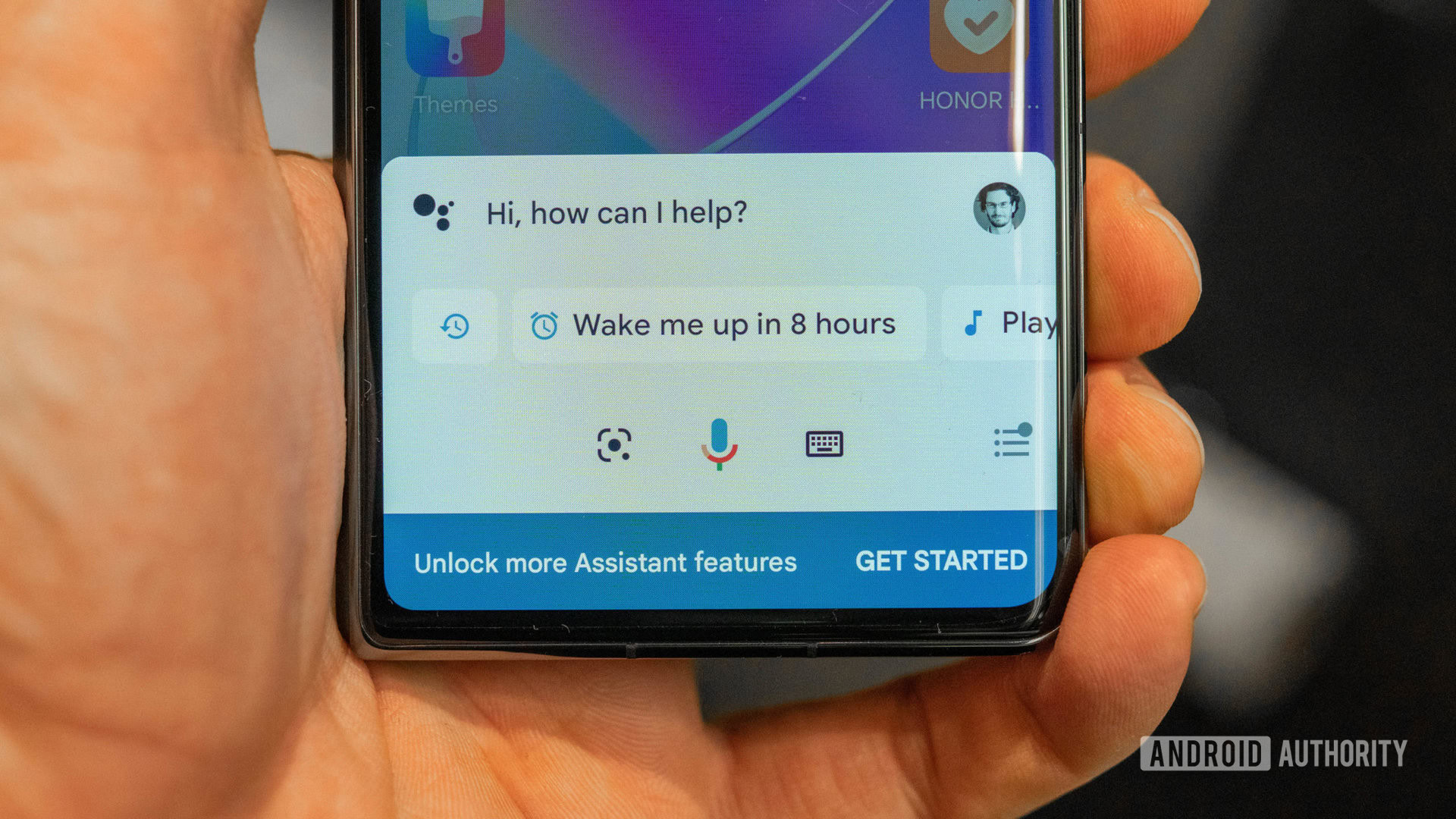
Apple and Google have long offered voice assistants, activated with a “Hey Siri” or “Okay Google.” But Apple is dropping the requirement for Siri users to use a wake word when conducting back-to-back commands. That is, you only need to say “Hey Siri” once when issuing a stream of commands in one go, making for a more seamless way to activate the smart assistant.
Apple says you no longer need to use wake-words for follow-up commands in iOS 17, but Google already did this in the late 2010s.
Google beat Apple to the punch ages ago with continuous conversations functionality way back in 2019 (or 2017, if you count Android TV), indeed allowing users to forego wake words when conducting back-to-back commands. In fact, Google went a step further with so-called Quick Phrases in recent years, allowing you to issue basic commands (e.g. set a timer, stop an alarm) without saying “Okay Google.”
4. Facetime Voicemail
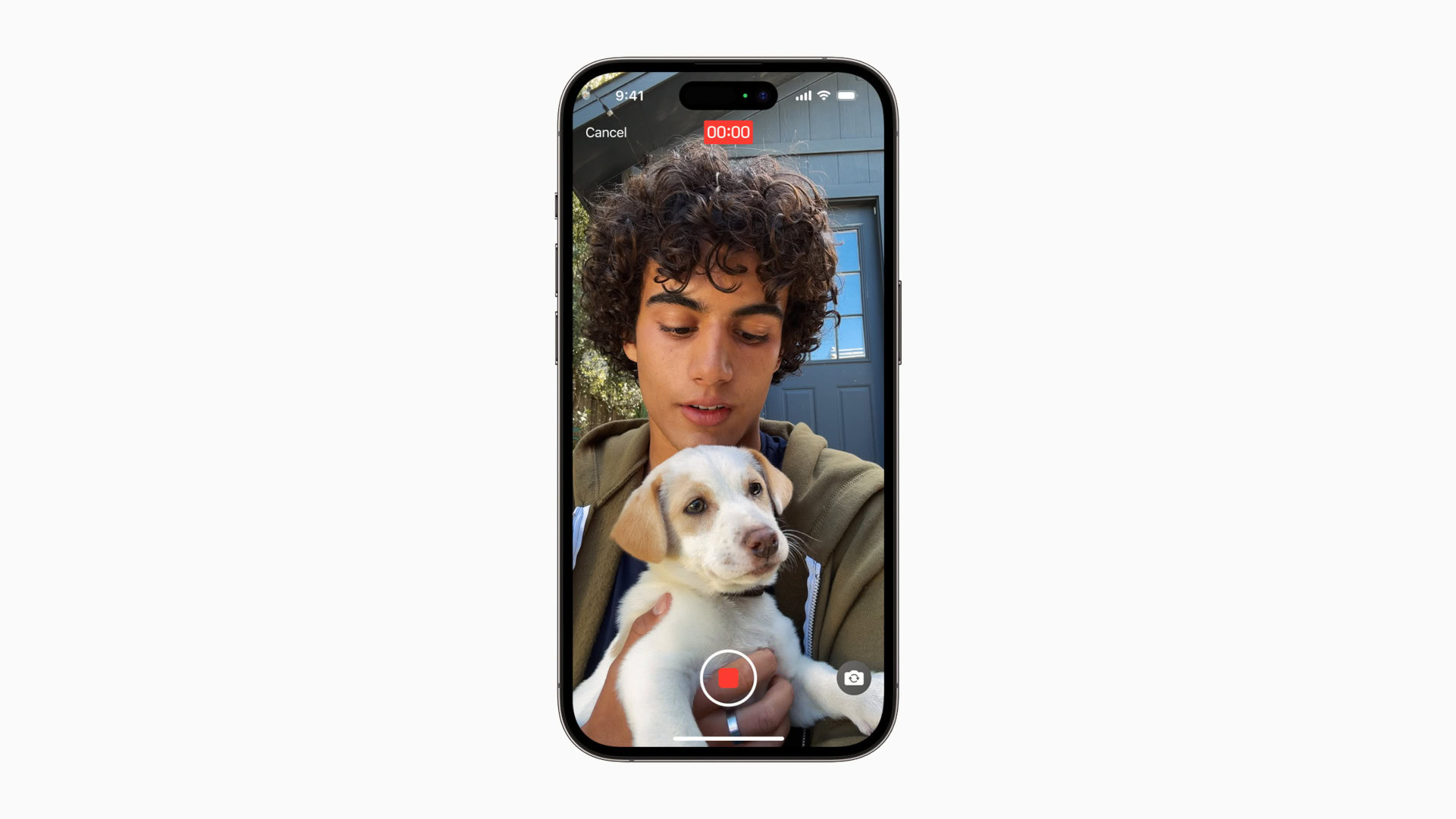
Apple devoted some time to showing off a so-called Facetime Voicemail feature in iOS 17, allowing you to leave a video message for someone if they don’t pick up your Facetime call.
The now-defunct Google Duo let you leave 30-second video messages if someone missed your video call, with this feature rolling out in 2018. In fact, the Google-backed video chat app also launched with a so-called Knock Knock feature back in 2016. Knock Knock shows you a live video of a caller before you answer (with the caller unable to see you), akin to taking a look through your peephole.
5. An easy mode for system navigation
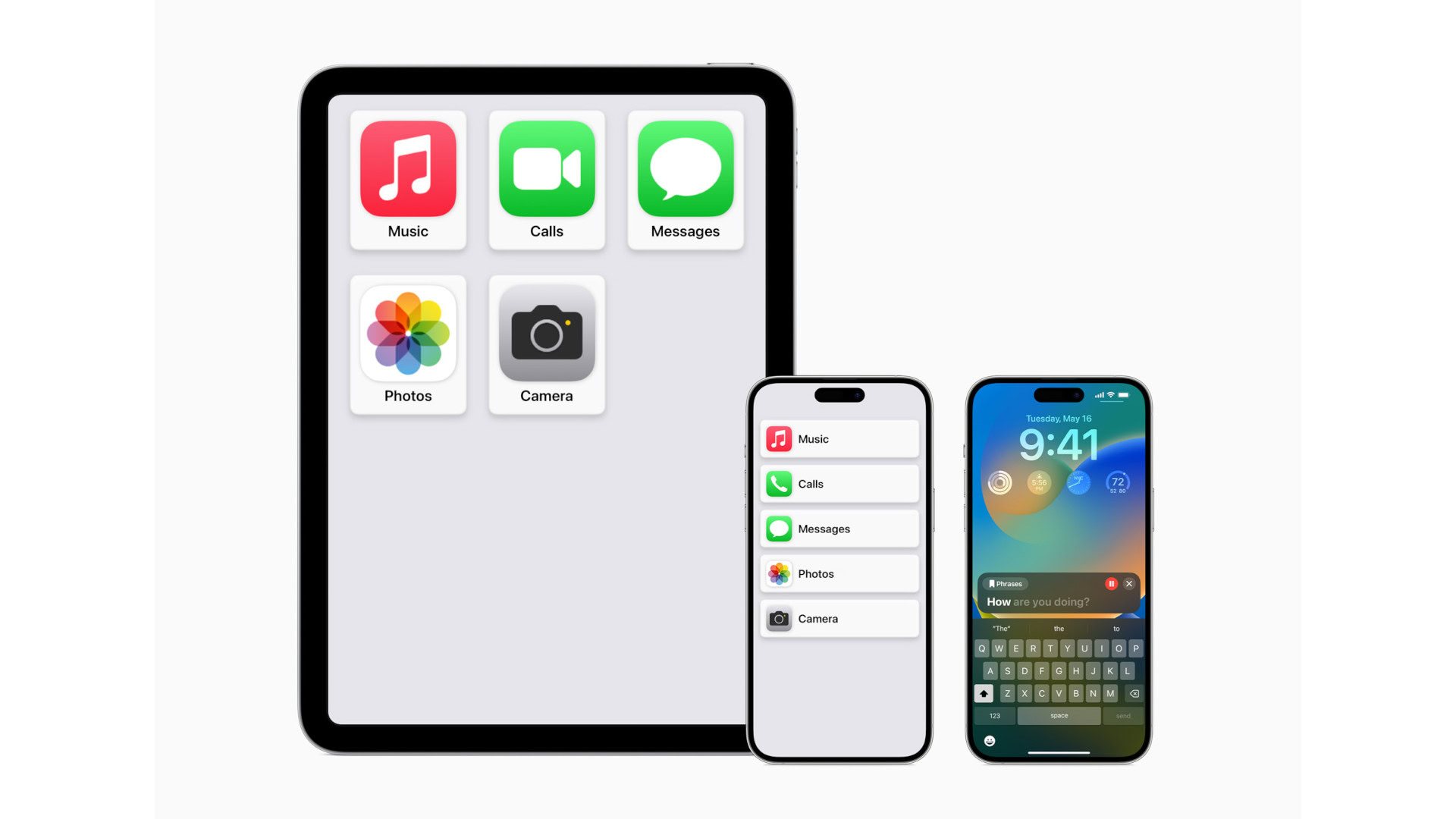
Android handsets and even Windows Phones have long had a simple or easy mode available. This used to mean a distinctive and simple system UI but nowadays means you’ve got gigantic font sizes. Either way, this is meant for seniors, young children, or other people who need a more accommodating user experience.
Rival smartphone platforms offered a simple mode first, but Apple's effort actually looks like a major upgrade.
Now, Apple is taking this idea and running with it in iOS thanks to Assistive Access. This doesn’t take the lazy route of simply increasing the font size, though, instead distilling various system screens down to the bare minimum (see the image above).
The iPhone maker is also taking things a step further by simplifying the camera, calls, photos, messages, and music apps as well. The company didn’t specifically say this feature is coming to iOS 17, but it stands to reason that it will arrive with the new iOS version. Either way, we hope Android OEMs put a similar amount of effort into their easy/simple modes.
6. Apple’s take on Bixby Text Calling
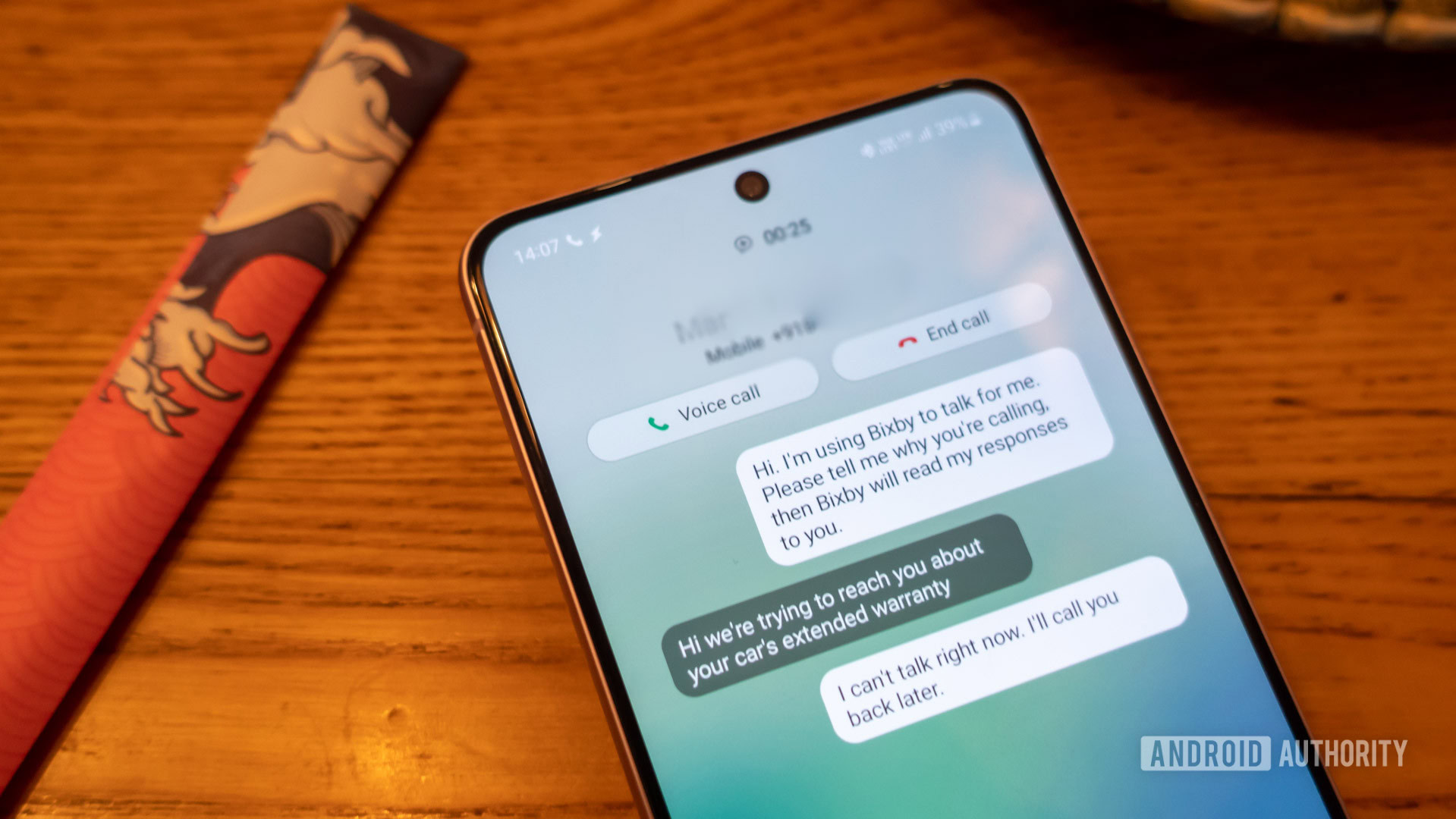
Samsung debuted a rather cool feature dubbed Bixby Text Calling several months ago. This feature sees Bixby answer your call, letting you subsequently type out responses that are read out to the caller by Bixby’s voice. This feels like a major step forward for accessibility. It even lets you clone your voice so the typed-out responses sound unique. But the downer is that the voice cloning feature is limited to Korean right now.
Apple is offering a similar feature in iOS 17, called Live Speech. This is effectively the same principle, but lets you type out spoken responses in FaceTime and in-person conversations too. Best of all, Apple is offering similar voice cloning functionality. We hope other OEMs get on board and offer both text calling and the voice cloning option for enhanced accessibility.
7. Offline map downloads
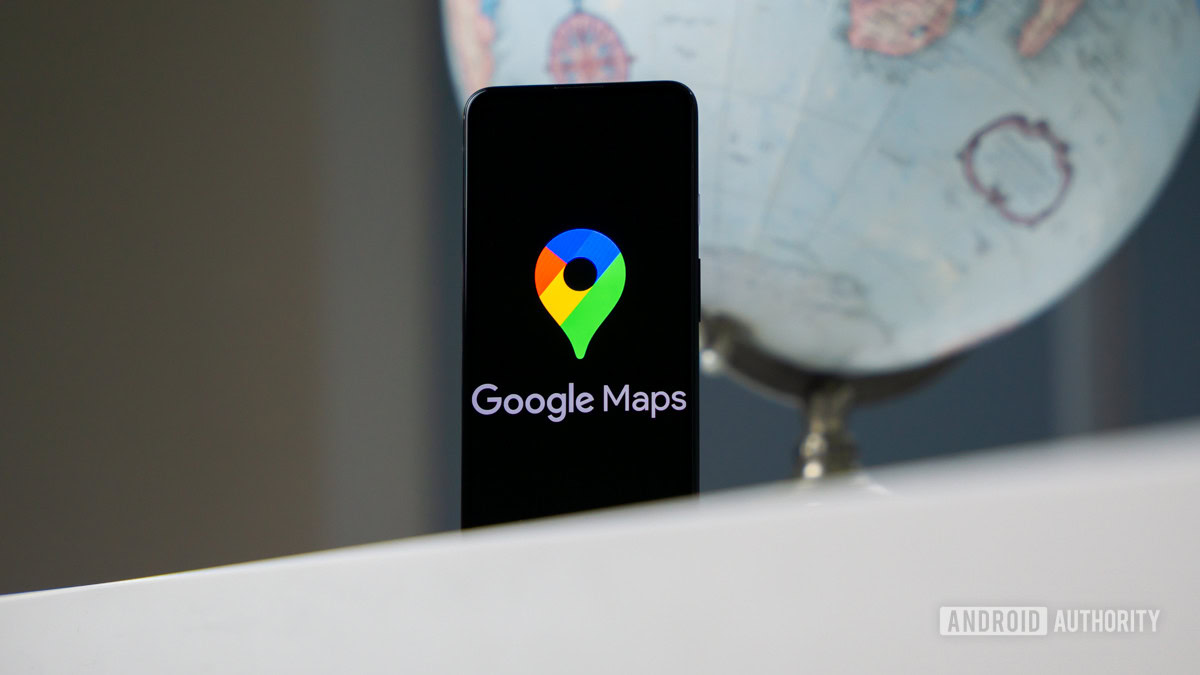
I honestly find it incredibly hard to believe that Apple Maps hasn’t supported the ability to download maps for offline usage until now. But Apple indeed announced this feature for iOS 17.
Google Maps offered offline downloads back in 2012 and offline navigation in 2015. Apple Maps is only offering this feature now.
Google Maps has supported the ability to download maps since 2012. That was the same year Apple Maps debuted on iPhones. Now, granted, Maps only gained actual offline navigation in 2015, but that was still over seven years ago.
Apple’s feature also works identically to Google’s offline downloads, letting you select a rectangular area to download. So those hoping for Apple to pull a HERE Maps and let you download entire countries are out of luck.
8. Quickly undoing an autocorrected word
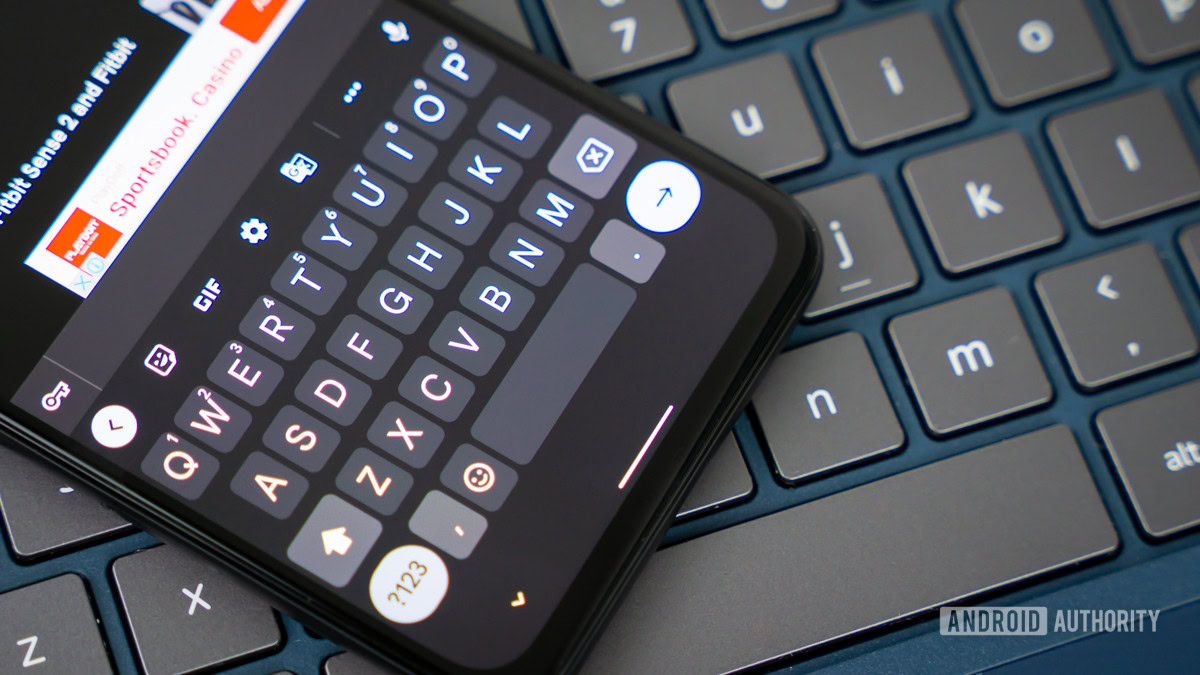
Apple also made a song and dance about iOS 17 now letting you quickly undo an autocorrected word. More specifically, you just need to tap on the autocorrected word to revert to the original word.
However, Gboard has offered the ability to easily undo autocorrected words for a while now. The company lets you tap backspace to revert to the original word. Apple currently offers similar backspace functionality, but this is a two-step process and requires you to manually select your original word from the suggestions.
Copying is a two-way street anyway
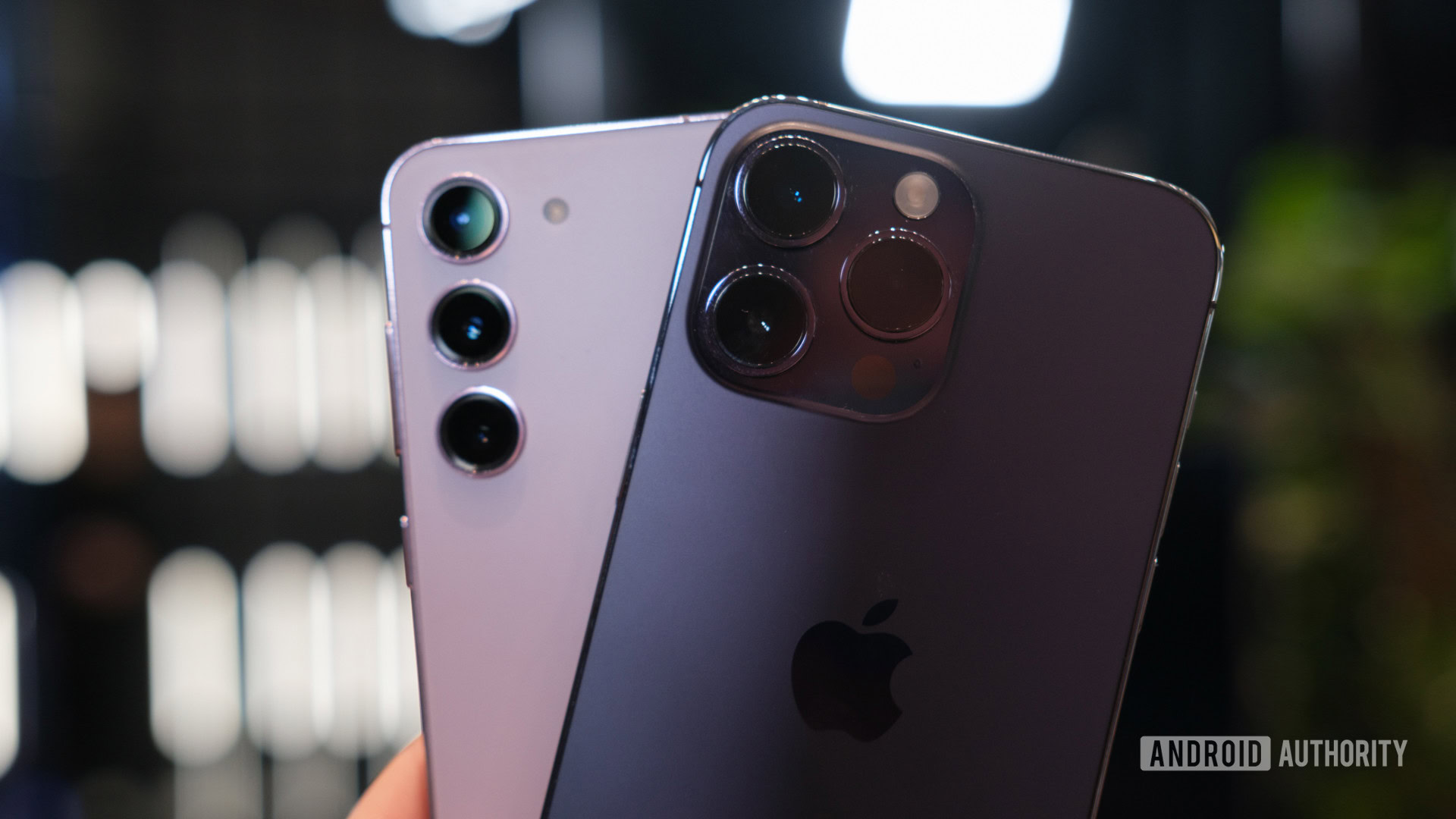
These aren’t the only features Apple has stolen from the Android ecosystem for iOS 17. We also see real-time EV charging station availability in Apple Maps (first offered by Google Maps in 2019), only granting permission for a specific photo rather than all photos (seen in Android 13), and apparent multi-timer support.
Apple has historically shown that it’s perfectly fine with taking heavy inspiration from a rival’s feature, and iOS 17 is clearly no different. The company also has a reputation for sometimes improving upon features it copies, but this only seems to be the case for a few cribbed features this time.
Nevertheless, we just know that Android OEMs and Google will take a closer look at iOS 17 and grab some features. We’d love to see Android makers steal iOS 17 features like system-wide sensitive content warnings, profile support in Chrome for Android, and NameDrop functionality. Let’s just hope the Android players don’t blindly grab every major feature simply because Apple is doing it!
Thank you for being part of our community. Read our Comment Policy before posting.